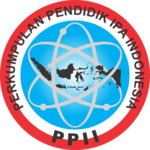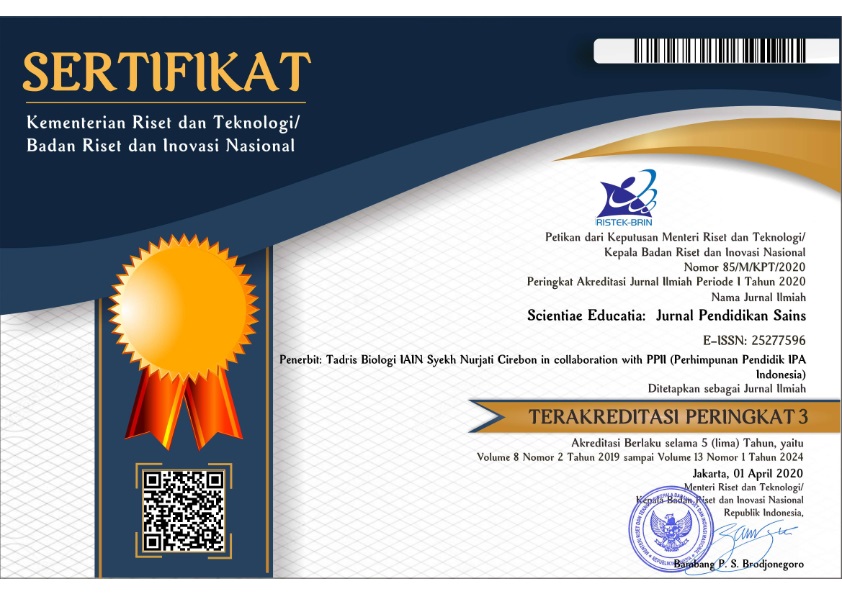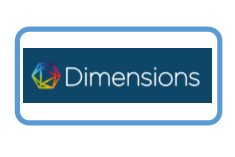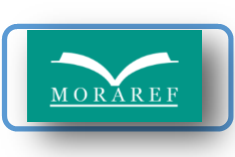Science Laboratory Activities: A Profile of the Implementation and Constraints of Junior High School Natural Science Teachers
(1) Department of Physics Education, Faculty of Education and Teacher Training, UIN Sunan Gunung Djati Bandung
(2) Department of Physics, Faculty of Science and Technology, UIN Sunan Gunung Djati Bandung
(3) Department of Physics Education, Faculty of Education and Teacher Training, UIN Sunan Gunung Djati Bandung
(4) Department of Biology Education, Faculty of Education and Teacher Training, IAIN Syekh Nurjati Cirebon
(5) Community Service Center, UIN Sunan Gunung Djati Bandung
(*) Corresponding Author
Abstract
Keywords
Full Text:
PDFReferences
Ariaji, R., & Abubakar. (2017). Pengembangan lembar kerja siswa (LKS) kimia di SMA/MA kelas X terinternalisasi nilai-nilai karakter siswa. Eksakta: Jurnal Penelitian Dan Pembelajaran MIPA, 2(2), 101-108.
Asih, D. A. S. (2017). Pengaruh penggunaan fasilitas belajar di lingkungan alam sekitar terhadap keterampilan proses sains. Formatif: Jurnal Ilmiah Pendidikan MIPA, 7(1), 13-21.
Dharmayanti, W., Nurcahyono, R. W., & Lestari, I. (2017). Pengaruh kondisi kelas, fasilitas laboratorium, dan fasilitas pendukung pembelajaran terhadap kenyamanan belajar mahasiswa. Jurnal Pendidikan Informatika Dan Sains, 6(2), 230–242.
Gatua, J. W. (2015). Assessment of safety status of physical infrastructure (classrooms, dormitories, sanitation facilities, laboratories and kitchen) in public secondary schools in Nairobi West Region, Kenya. Assessment, 5(3), 1-9.
Junaidi, E., Hadisaputra, S., & Al-Idrus, S. W. (2017). Kajian pelaksanaan praktikum kimia di sekolah menengah atas negeri se Kabupaten Lombok Tengah. Jurnal Ilmiah Profesi Pendidikan, 2(1), 24-31.
Kementerian Pendidikan dan Kebudayaan Republik Indonesia. (2016). Peratutan Menteri Pendidikan dan Kebudayaan Republik Indonesia nomor 25 Tahun 2016.
Lestari, L., Yolida, B., & Achmad, A. (2017). Analisis pelaksanaan dan permasalahan praktikum materi organisasi kehidupan di SMP se-Kecamatan Enggal. Jurnal Bioterdidik: Wahana Ekspresi Ilmiah2, 5(4).
McKinley, D. C., Miller-Rushing, A. J., Ballard, H. L., Bonney, R., Brown, H., Cook-Patton, S. C., & Ryan, S. F. (2017). Citizen science can improve conservation science, natural resource management, and environmental protection. Biological Conservation, 208, 15–28.
Makiyah, Y. S., Malik, A., Susanti, E., & Mahmudah, I. R. (2019). Higher order thinking real and virtual laboratory (HOTRVL) untuk meningkatkan keterampilan abad ke-21 mahasiswa pendidikan fisika. Diffraction, 1(1), 34-38.
Malik, A. (2010). Model pembelajaran inkuiri dengan menggunakan virtual laboratory dan real laboratory untuk meningkatkan penguasaan konsep dan keterampilan berpikir kritis siswa SMA pada topik listrik dinamis (Doctoral dissertation, Universitas Pendidikan Indonesia).
Mulhayatiah, D., Suhendi, H. Y., Zakwandi, R., Dirgantara, Y., & Ramdani, M. A. (2018). Moment of inertia: development of rotational dynamics KIT for physics students. IOP Conference Series: Materials Science and Engineering, 434, 012014. https://doi.org/10.1088/1757-899X/434/1/012014
Obe, W. H. (2018). The teaching of science in primary schools. David Fulton Publishers.
Octaviani, R. N., Subekti, E. W., & Putri, N. S. (2018). The effect of using children’s literature supplement book oriented in caracter education to poem writhing skills for 6th grade of elementary school. International Conference on Education. Vol 1, pp. 116-123.
Othman, A., & Masum, A. (2017). Professional development and teacher self-efficacy: learning from Indonesian modern islamic boarding schools. Educational Process: International Journal, 6(2), 7-19.
Paramita, A. (2016). Profil Laboratorium dan Pelaksanaan Praktikum Biologi di SMA Negeri 1 Kartasura Tahun Ajaran 2015/2016. Universitas Muhammadiyah Yogyakarta.
Putri, D. H., & Risdianto, E. (2014). Fisika SMA di wilayah miskin Propinsi Bengkulu. Jurnal Exacta, 12(1), 1–6.
Rizal, R. (2019). Implementasi Discovery Learning untuk Meningkatkan Keterampilan Dasar Proses Sains Siswa SMA. Journal of Teaching and Learning Physics, 4(1), 1-10.
Salmawati, Rahayu, T., & Lestari, W. (2017). Kontribusi kompetensi pedagogik, kompetensi profesional dan motivasi kerja terhadap kinerja guru penjasorkes SMP di Kabupaten Pati. Journal of Physics Educational and Sports, 6(2), 198-204.
Sapriadil, S., Setiawan, A., Suhandi, A., Malik, A., Safitri, D., Lisdiani, S. A. S., & Hermita, N. (2018). Optimizing students’ scientific communication skills through higher order thinking virtual laboratory (HOTVL). JPhCS, 1013(1), 012050.
Simamra, S. S. (2018). Analisis pelaksanaan praktikum biologi kelas VII di SMP Negeri Se-Kecamatan Medan Kota. Jurnal Eduscience, 5(1), 37–46.
Tahira, M., & Ameen, K. (2016). Information needs and seeking behavior of science & technology teachers of the university of the Punjab, Lahore. Pakistan Journal of Information Management & Libraries, 10.
Teacher Advisory Council, & National Academies of Sciences. (2016). Science teachers’ learning: Enhancing opportunities, creating supportive contexts. Washinton DC: National Academies Press.
Yerizon, Y., Putra, A. A., & Subhan, M. (2018). Student responses toward student worksheets based on discovery learning for students with intrapersonal and interpersonal intelligence. IOP Conference Series: Materials Science and Engineering, 012113.
Zeidan, A. H., & Jayosi, M. R. (2015). Science Process skills and attitudes toward science among Palestinian secondary school students. World Journal of Education, 5(1), 13–24.
DOI: 10.24235/sc.educatia.v9i1.6517
Article Metrics
Abstract view : 14 timesPDF - 8 times
Refbacks
- There are currently no refbacks.
Scientiae Educatia: Jurnal Pendidikan Sains indexed by:

This work is licensed under a Creative Commons Attribution 4.0 International License.
Stat Counter (Link)



1.png)












